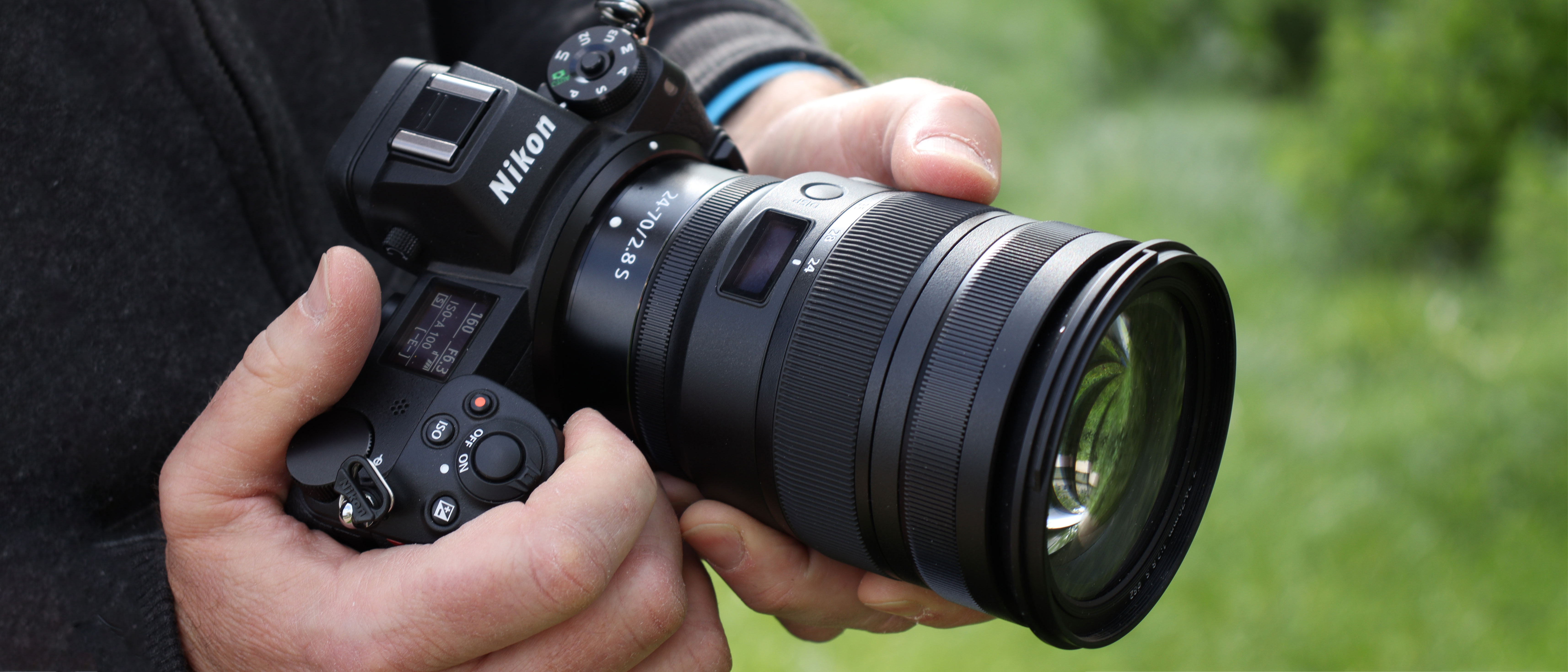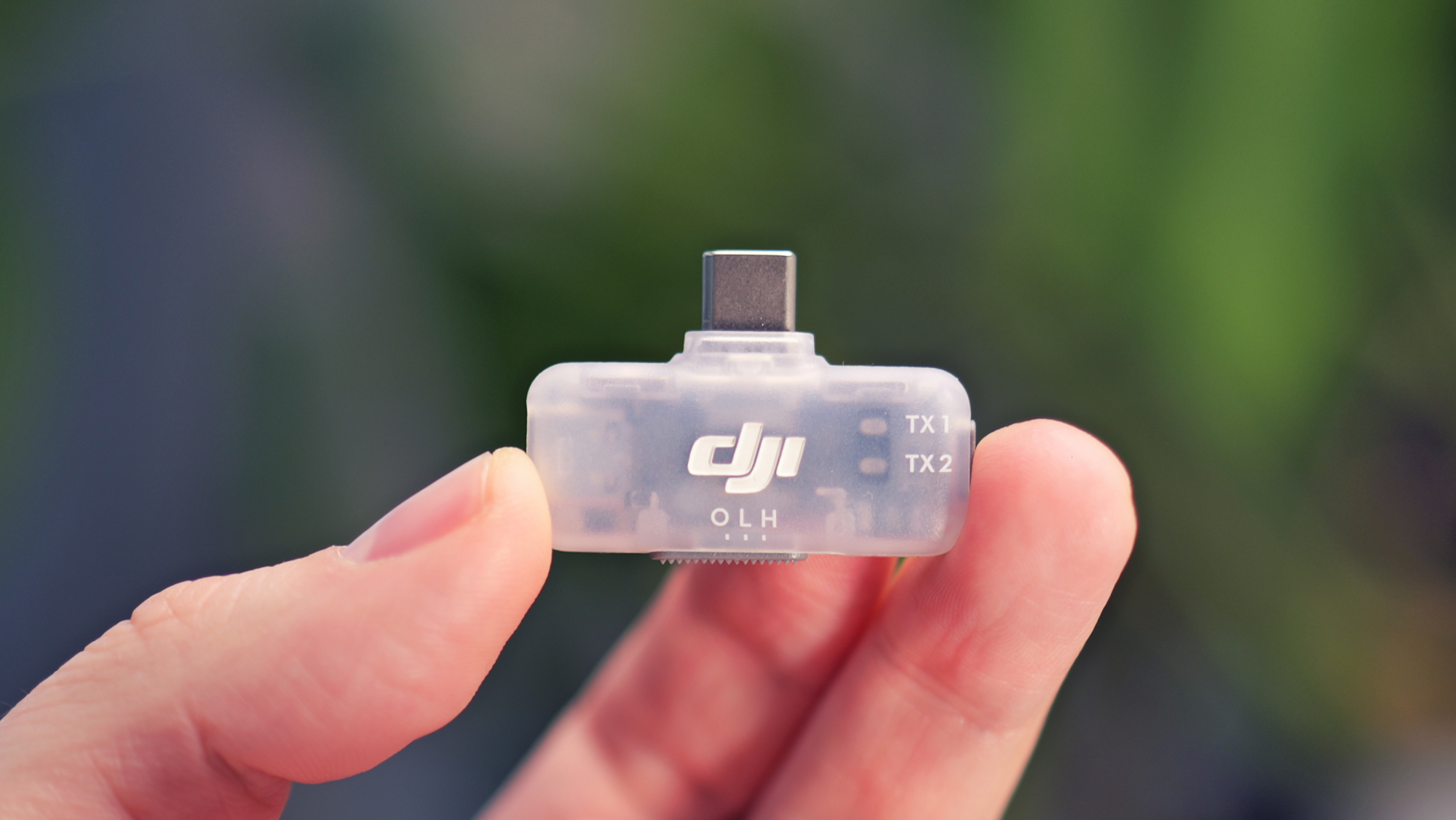Digital Camera World Verdict
We’d still recommend the Nikkor 24-70mm f/4 lens for enthusiasts and travel photographers purely for its size and affordability, but for professionals and experts the Nikkor Z 24-70mm f/2.8 S is a no-brainer. It’s a top quality professional lens at the leading edge of optical performance.
Pros
- +
Exceptional resolution
- +
Optical performance generally
- +
Customisable controls
- +
Data display panel
Cons
- -
Doesn’t focus as close as the f/4 lens
- -
Expensive (obviously)
- -
Size and weight
Why you can trust Digital Camera World
The Nikon Z 24-70mm f/2.8 S is an important lens for Nikon and its new Z 6 and Z 7 full frame Nikon mirrorless cameras, ticking off another milestone on the Nikon Z lens roadmap. Professional Nikon Z owners now have a pro-spec standard zoom lens to rival anything else in the market and plenty of keen enthusiasts will be considering this expensive but stellar lens too.
The Nikon Z 6 and Nikon Z 7 originally launched with a compact retracting 24-70mm f/4 kit lens that delivers excellent performance and is both compact and lightweight and relatively inexpensive to buy. We already rated these to models as amongst the best mirrorless cameras on the market right now, but serious users were always going to expect a professional-level f/2.8 lens too, and now Nikon has delivered it.
There’s a corresponding constant-aperture f/2.8 standard zoom lens for every high-end camera system on the market, so how does this new Nikon lens stack up against its rivals?
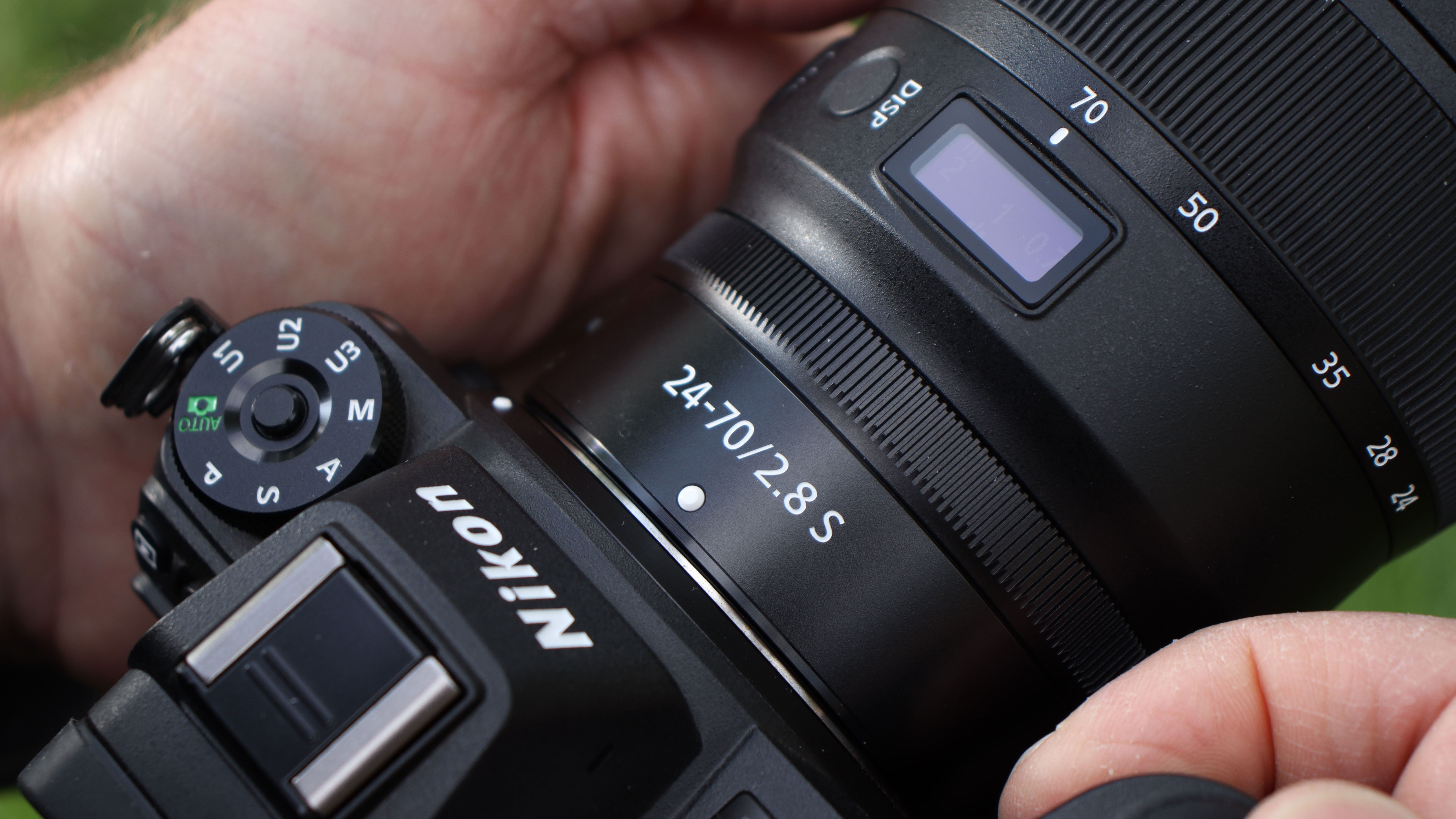
Specifications
Mount: Nikon Z
Elements/groups: 17/15
Minimum focus distance: 0.38m
Max magnification factor: 0.22x
Manual focus override: Yes
Focus limit switches: No
Internal focus: Yes
Filter size: 82mm
Iris blades: 7
Weather seals: Yes
Supplied accessories: Hood, soft case
Dimensions: 89 x 126mm
Weight: 805g
Key features
Nikon says it’s been able to use the optical advantages of its new, wide Nikkor Z lens mount and short flange-sensor distance to produce a lens with “outstanding” sharpness across the frame and boldly claims that the lens’s close-up performance exceeds that of any other 24-70mm lens available today.
The Nikkor Z 24-70mm f2.8 S uses 17 lens elements arranged in 15 groups and boasts Nikon’s latest ARNEO and Nano Crystal coatings. It also comes with extensive weather sealing. Optically, it’s more complex than the smaller and lighter Nikkor Z 24-70mm f/4 S, which has 14 elements in 11 groups. The larger the number of elements, generally, the higher the level of optical corrections.
Interestingly, although Nikon claims superior close up performance for the new f/2.8 lens, the f/4 version actually focuses a little closer, with a minimum focus distance of 0.3m and a maximum magnification ratio of 0.3x. The Nikkor Z 24-70mm f/2.8 S focuses down to 0.38m for a maximum magnification of 0.22x.
The best camera deals, reviews, product advice, and unmissable photography news, direct to your inbox!

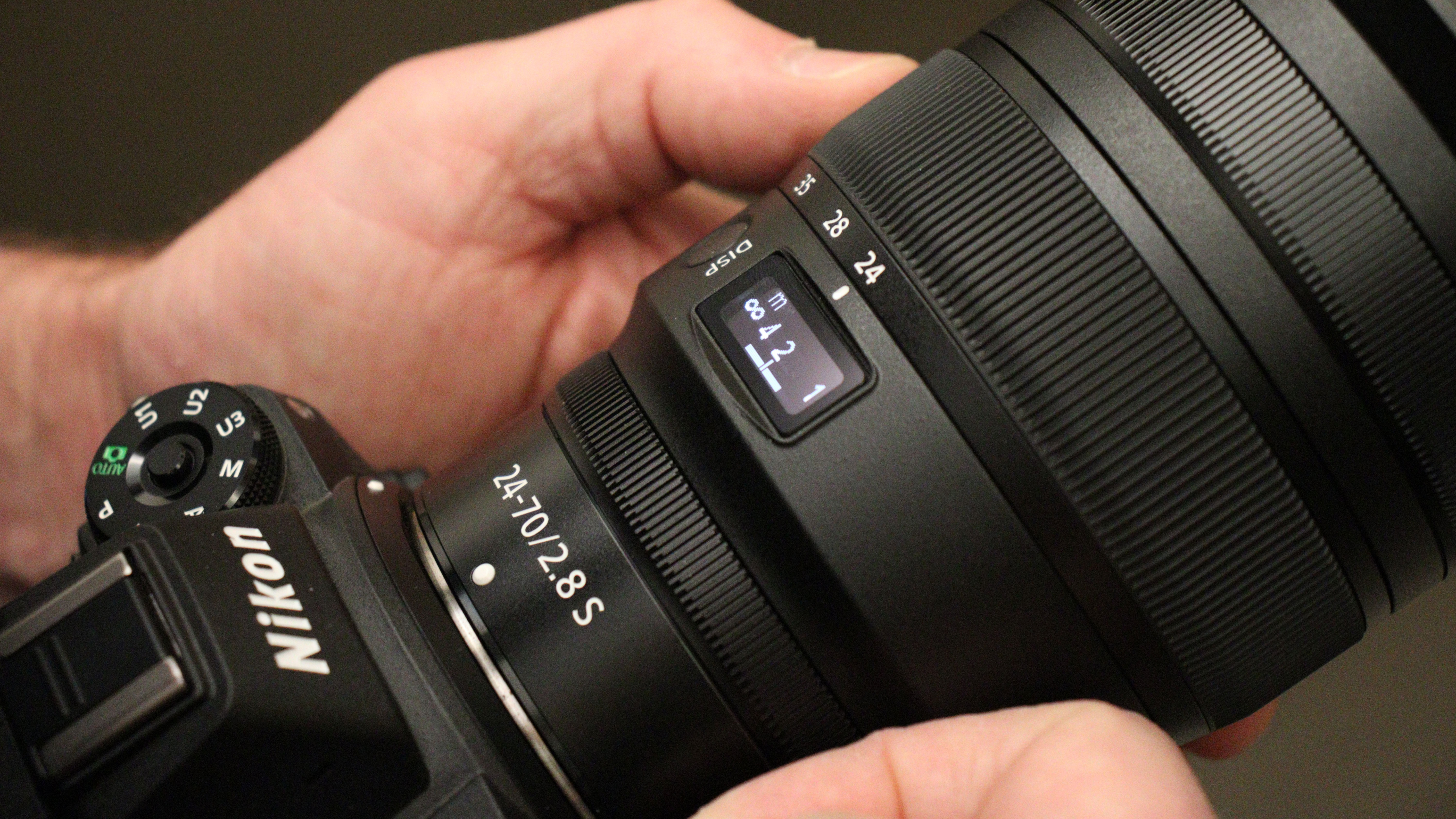
The 24-70mm f/2.8 does have additional functions built in which represent an interesting shift in shooting controls from the camera body to the lens, a trend we’re seeing increasingly on mirrorless camera lenses.
There is an additional customisable control ring on this lens which is set for manual focus control by default but can also be used for EV (exposure) compensation or for silent aperture adjustment, which will be especially important for videographers.
There’s no aperture ring, but there is a small electronic display which can be set to display aperture values (this works well with the custom control ring set to aperture control), focus distance, exact focal length and even depth of field – this looked like a very interesting option for landscape photographer and other areas where depth of field control is important, and an electronic display like this one is the only way to work with depth of field values with zoom lenses, where the changing focal lengths, aperture values and distances produce so many rapidly-changing variables that it needs an electronic brain to keep up with the calculations.
There is one further control – a customisable L-Fn lens function button which can be used for up to 21 different functions, such as AF lock, metering, bracketing and more.
Build and handling
As we’d expect from Nikon pro lenses, the Nikon Z 24-70mm f2.8 S feels very well put together, with smooth controls and a modern, understated design.
It’s not small, obviously. It’s the first Pro lens for the Z system, offering the constant f/2.8 maximum aperture professionals will look for in their standard zoom lens, and while Nikon says it’s “exceptionally” compact, these things are relative. It does indeed feel lighter and more wieldy than Nikon’s own 24-70mm f/2.8 VR DSLR lens (which would be one of the best Nikon lenses you can get if it weren't for the price), but it’s a similar weight to the Sony 24-70mm f/2.8 G Master lens and only a few millimetres shorter.
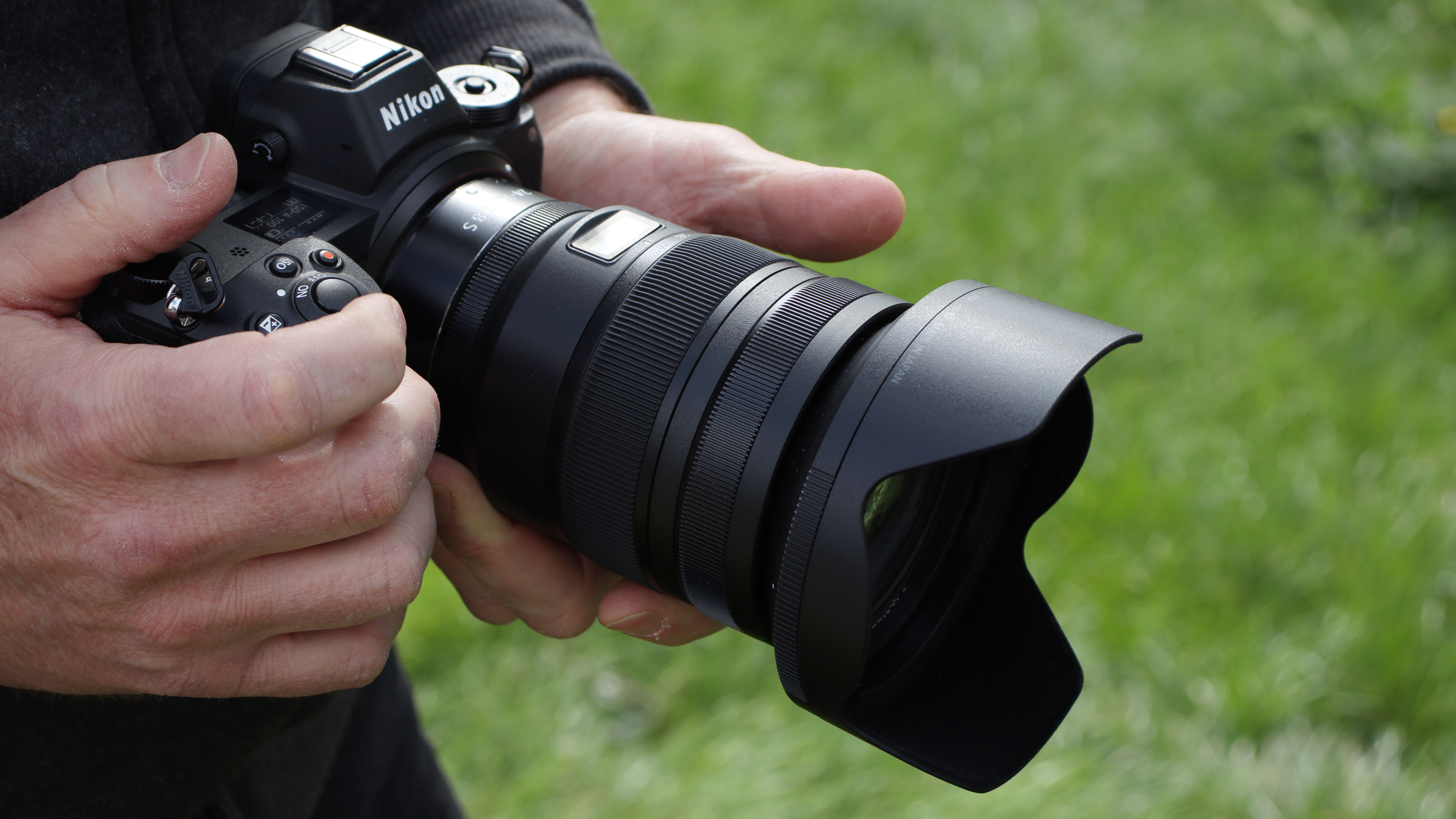
Fitted to a Z 7 body, it is quite a big and weighty lens that inevitably pushes the balance of the camera forward, but the Z 6 and Z 7 have substantial, very ‘grippable’ bodies, so having a big lens on a compact body doesn’t feel awkward in the way it does with the Sony A7 series.
The digital OLED display on the lens is a great idea, especially for aperture, distance and depth of field display, but while it’s very clearly visible in indoor lighting, it can be quite hard to see outdoors.
It also begs another question: why have we had to wait so long for such an obvious feature as depth of field display? Surely, given the electronic communication between the lens and camera body, we could have this years ago? Some makers can already display focus distance and depth of field ranges on their LCD screens.
Performance and lab tests
The Nikkor Z 24-70mm f/2.8 S is a big lens but its focusing is very fast and very quiet. It was more hesitant during a night-time shooting test with very dimly-lit and low-contrast subjects, and any hesitancy can be attributed to the camera’s AF, not the lens’s responses. In regular lighting, the 24-70mm f/2.8 felt fast and responsive.
In our lab tests, it had a tough act to follow. In our Nikkor Z 24-70mm f/4 S review we were extremely impressed by its lab results. It’s designed as a light, affordable, compact ‘kit’ lens, yet its sharpness, lack of distortion and chromatic aberration control puts it in the top tier of standard zooms. Would the f/2.8 version be able to do even better? In a word, yes.
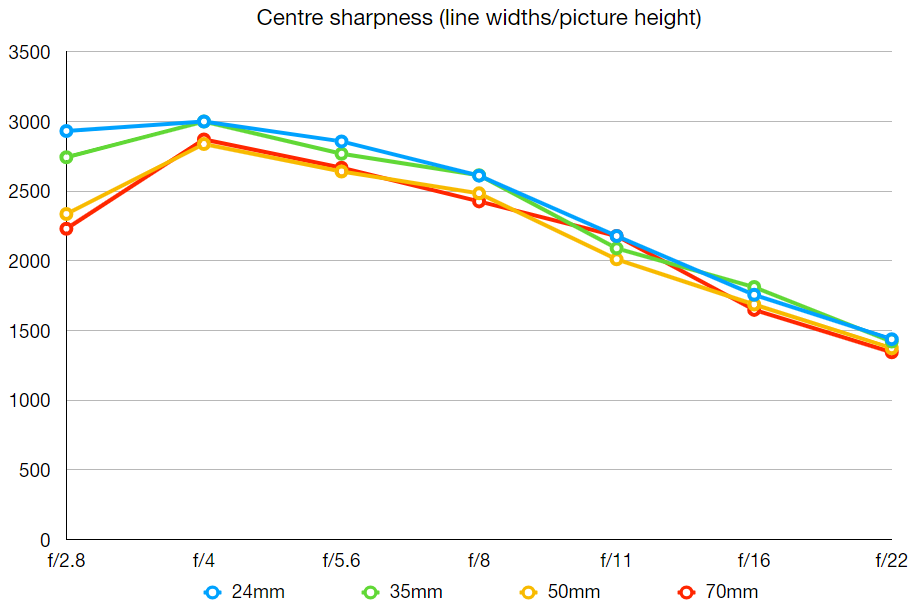
Centre sharpness
The centre sharpness figures achieved by this lens are quite exceptional. Even wide open, the Nikkor Z 24-70mm f/2.8 S delivers very high resolution. It’s best at 24mm, but good right through to 70mm. From f/4 to f/22 the resolution is almost identical at all focal lengths, and this is exactly the kind of predictability professionals will expect from a lens. The resolution does decline steadily towards f/22 as diffraction effects start to take hold, so this lens is at its best between f/2.8 and f/8.
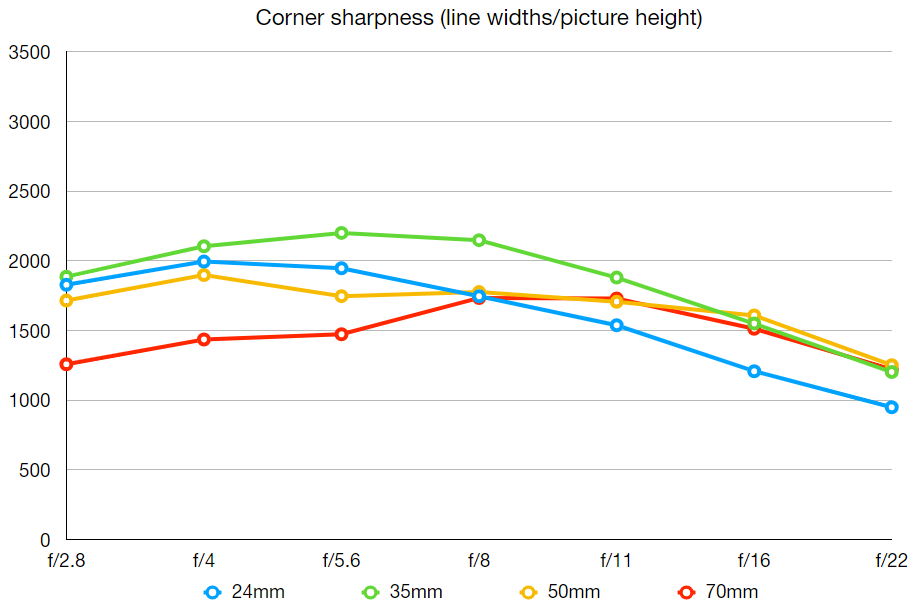
Corner sharpness
As we’d expect, the corner sharpness is less good, but here the Nikkor Z 24-70mm f/2.8 S is still excellent. It’s consistent at all focal lengths except the longest, 70mm, where the corner sharpness doesn’t really catch up with that at shorter focal lengths until f/8. It’s much better than the 24-70mm f/4, which is good in the centre but does drop off noticeably towards the edges.

Distortion
The distortion values are so low that although we can measure them in the laboratory, they will be scarcely detectable in real-world shooting. Distortion is greatest at 35mm, but even here the figure is still very low.
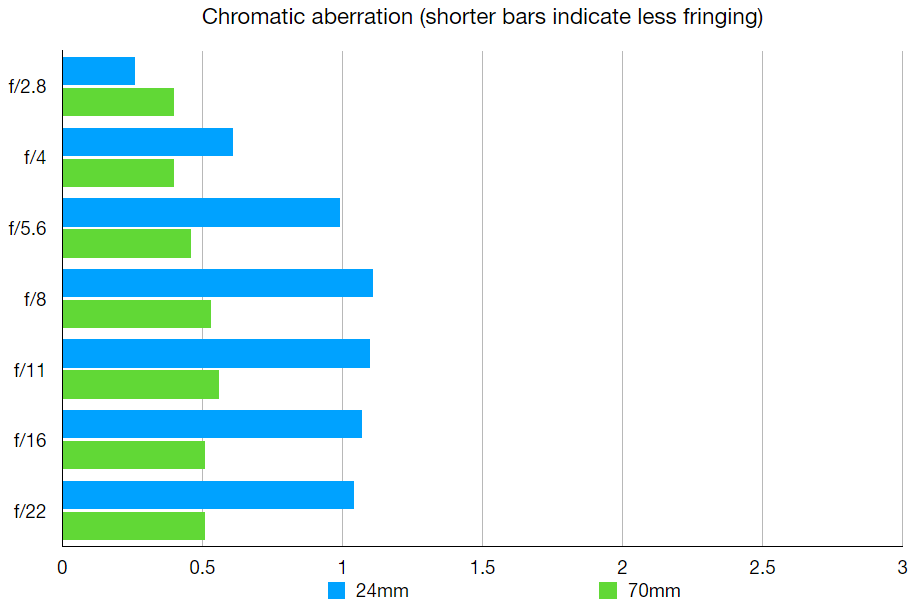
Fringing
It’s a similar story with colour fringing (chromatic aberration). We can measure it in laboratory testing, but it’s hardly apparent in regular photography. It’s worse at the shortest 24mm focal length and least apparent at 70mm, but the levels are low. Today’s raw processing software is so good at eliminating fringing that even these residual traces are likely to disappear during processing.
Verdict
The Nikkor Z 24-70mm f/2.8 S is bigger and heavier and a good deal more expensive than the lighter Nikkor Z 24-70mm f/4 S lens originally launched with the Nikon Z 6 and Z 7. But for professionals, the extra f-stop gain in maximum aperture, from f/4 to f/2.8, will be key, along with the increase in centre resolution.

And there is. We thought the 24-70mm f/4 lens was good, but the Nikkor Z 24-70mm f/2.8 S goes even better. The smaller lens is already so well corrected for colour fringing and distortion that it left little room for improvement, but the 24-70mm f/2.8 is even sharper in the centre, far sharper at the edges, and delivers not just higher levels of resolution overall, but amazing consistency across the focal length and aperture range.
We’d still recommend the Nikkor 24-70mm f/4 lens for enthusiasts and travel photographers purely for its size and affordability, but for professionals and experts the Nikkor Z 24-70mm f/2.8 S is a no-brainer. It’s a top quality professional lens at the leading edge of optical performance.
Read more:
• The best Nikon camera you can buy right now
• The best mirrorless cameras on the market
• The best cameras for professionals: cameras and systems compared
• Nikon mirrorless cameras and lenses and what’s coming in the future

Rod is an independent photography journalist and editor, and a long-standing Digital Camera World contributor, having previously worked as DCW's Group Reviews editor. Before that he has been technique editor on N-Photo, Head of Testing for the photography division and Camera Channel editor on TechRadar, as well as contributing to many other publications. He has been writing about photography technique, photo editing and digital cameras since they first appeared, and before that began his career writing about film photography. He has used and reviewed practically every interchangeable lens camera launched in the past 20 years, from entry-level DSLRs to medium format cameras, together with lenses, tripods, gimbals, light meters, camera bags and more. Rod has his own camera gear blog at fotovolo.com but also writes about photo-editing applications and techniques at lifeafterphotoshop.com
